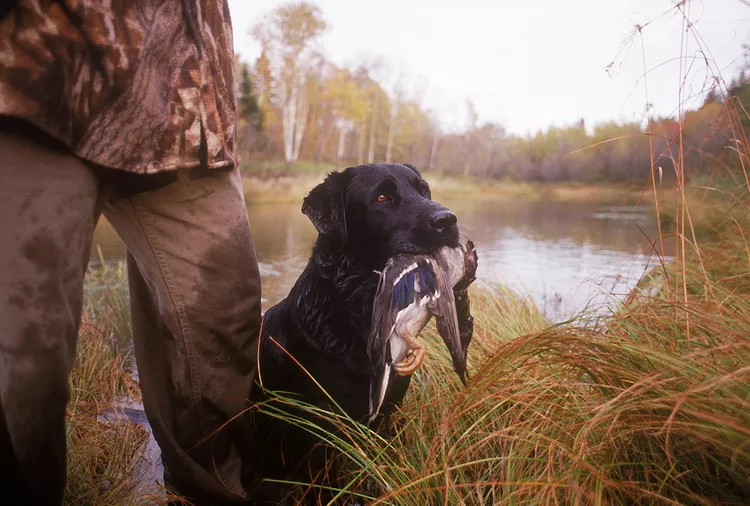Summary
Hunting waterfowl in Arkansas is a bucket list item for hunters worldwide, and the Natural State provides plenty of public locations for duck hunting. The abundant water resources across Arkansas, critical for crop irrigation, also contribute to expansive rice fields—ideal habitats for waterfowl.
Stuttgart, prominently situated along the Mississippi Flyway, is renowned among duck hunters. The vast rice fields and flooded timbers serve as a perfect haven for ducks on their annual migration. While Stuttgart is a popular option, its allure is further enhanced by events like the Wings Over the Prairie Festival and the World Championship Duck Calling Contest.
Moreover, Northeast Arkansas is emerging as a prime location for duck hunting, potentially surpassing Stuttgart in popularity due to shifting migratory patterns. Claypools, a well-photographed private reservoir, can be found here. Nevertheless, hunters can find ducks in various regions throughout the state by exploring diligently.
Bayou Meto Wildlife Management Area
While many prime locations in Stuttgart are private lands owned by clubs, non-members can access them through guided hunts or connections with fellow hunters.
George H. Dunklin Jr. Bayou Meto WMA stands out as a public area, allowing hunting on foot or by boat across its 33,700 acres, one of the largest wildlife management areas in the nation.
This region features extensive flooded timber and green-timber duck hunting opportunities, situated in the heart of the Mississippi Alluvial Valley. Access points include highways 79, 88, 152, 165, and 276, but entry is primarily via foot traffic and boats.
White River National Wildlife Refuge

This refuge lies within the Mississippi Delta, where the White River converges with the Mississippi, creating 90 miles of flooded bottomland forests that serve as a superb habitat for waterfowl.
Featuring 40 boat ramps surrounded by rice fields, this area is exceptionally conducive to hunting. While admission is free, a refuge user permit is necessary for hunting activities.
Managed by the United States Fish and Wildlife Service, White River NWR is located at 57 South CC Camp Road in Saint Charles, Arkansas, and presents opportunities for both guided and private hunts.
Bald Knob National Wildlife Refuge

Located north of Stuttgart, Bald Knob NWR was historically a rice farm and now encompasses cropland, offering food and shelter to wildlife. This refuge spans 14,800 acres, with 9,000 acres dedicated to cropland.
Though certain areas are restricted for hunting, the refuge hosts one of the largest populations of pintails during winter.
Access to Bald Knob NWR is found off highway 367 in Bald Knob by traveling south on Hickory Street to Coal Chute Road and continuing about four miles to the refuge headquarters.
However, flooding often affects the roads, particularly during wet seasons. Thus, it’s advisable to verify access conditions via the official webpage before visiting.
Bayou deView Wildlife Management Area

Although hunting at renowned sites like Claypools and the Chicago Hole may not be feasible, the Bayou deView area provides excellent opportunities for waterfowl hunters.
As one of the state’s major rice production regions, Wiener is strategically located for duck hunting. Earl Buss Bayou deView WMA offers 4,500 acres, although certain areas are restricted during specific seasons.
Additionally, nonresident hunters are required to obtain a Nonresident Wildlife Management Area Waterfowl Hunting Permit to hunt in this public space.
Black River Wildlife Management Area

Situated in northeastern Arkansas near Pocahontas, the Black River serves as a tributary of the White River. Certain sections of this reserve are closed for hunting; however, others offer flooded green timber environments that are ideal for waterfowl.
The Dave Donaldson Black River WMA is accessible 10 miles south of Corning, 10 miles east of Pocahontas, 20 miles west of Paragould, and 15 miles north of Walnut Ridge. The main access point is two miles north of Delaplaine on Highway 90.
Bois D’Arc Wildlife Management Area

Bois D’Arc WMA is located in southwest Arkansas, Hempstead County, encompassing 185 acres of Bottomland hardwoods alongside a constructed green-tree reservoir for waterfowl.
Ducks Unlimited contributed to this initiative, ensuring much of the reservoir remains reachable only by boat. Moreover, all individuals aged 16 and older must possess a free WMA General Use Permit to hunt in this Wildlife Management Area.
The lake can be accessed by taking Arkansas Highway 174 south from Hope to Spring Hill and continuing south on Arkansas Highway 355 to reach the lake.
Beryl Anthony Lower Ouachita Wildlife Management Area

When the Ouachita River floods, the river bottoms create excellent conditions for duck watching and hunting. The Beryl Anthony Lower Ouachita WMA encompasses 7,020 acres of prime hardwoods throughout the year.
Additionally, during the wet season, the area transforms into a flooded green timber habitat that attracts a diverse array of waterfowl species.
Access to the WMA may be limited due to flooding within the area, particularly during winter months. It is advisable to contact the Camden Regional Office for updated accessibility information.





